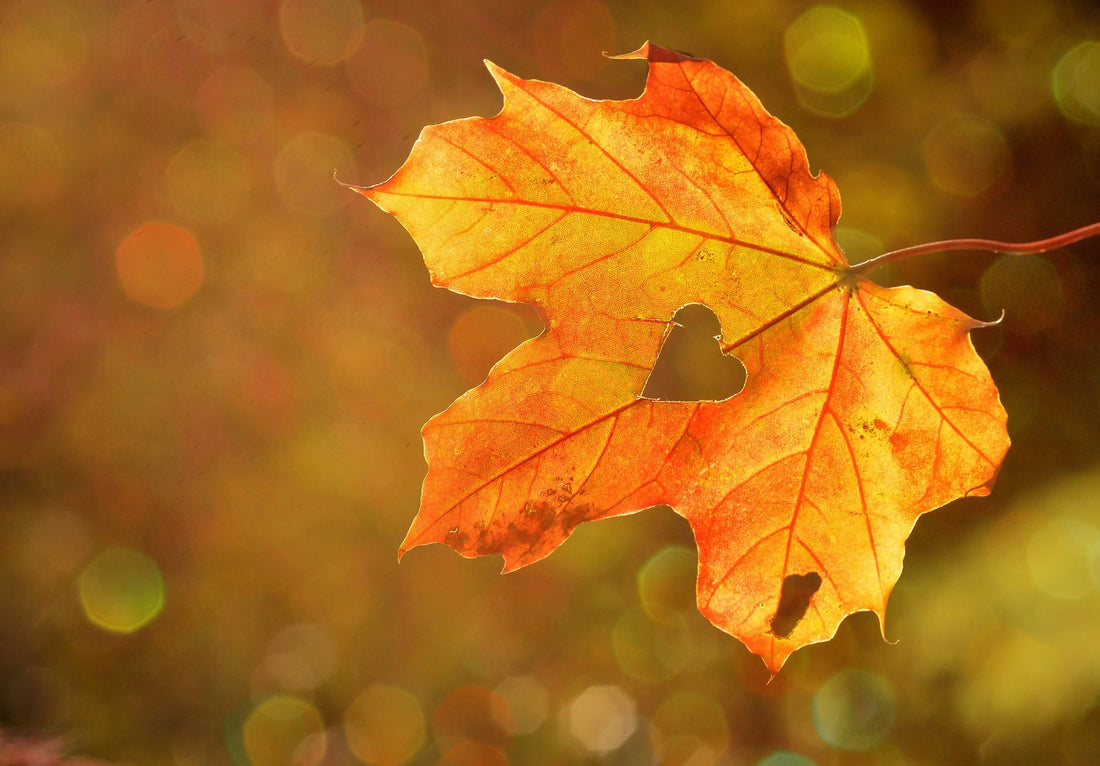Shubun no hi (Autumnal Equinox Day) is one of Japan's national holidays, established in 1948. Here we introduce the meaning and origin of Autumnal Equinox Day. This year, the day falls on September 23.
What day is it?
The Autumnal Equinox Day is designated as a day to "pay respect to our ancestors and to those who have passed away. In other words, the Autumnal Equinox Day can be regarded as a day to "thank and offer memorial services to ancestors.
Meaning of the Autumnal Equinox
On the autumnal equinox, the sun rises in the true east and sets in the true west, making the day and night approximately the same length. After this day, nighttime becomes longer through the winter. This is the day when we can feel that summer is finally over and autumn is coming.
Visiting graves
Since the autumnal equinox falls on the autumnal equinox, it is common to visit graves. It is also customary to clean the graves when visiting the graves, but if you are too far away to visit the graves, you may clean the Buddhist altar at home to remember the deceased.
Eating Ohagi

It is a common custom to eat ohagi (sweet rice balls filled or coated with red bean paste) and offer them at Buddhist altars on the autumnal equinox. There are several reasons why people began to offer ohagi on the autumnal equinox, one of which is said to be because azuki beans were said to have the effect of warding off evil spirits. It was also believed that offering ohagi with sugar, which was precious in the past, would help people express their gratitude more.
Many of you may be thinking, "It's getting dark earlier and earlier these days..."? That is a sign that the autumnal equinox is approaching🌇
We are looking forward to the arrival of the most pleasant season of the year🍂

